I almost slept with a strange lady in Las Vegas.
Well not exactly, but she offered!

The iconic vision of a French man or woman walking home with their baguette in hand is neither a myth nor a creation of the department in charge of French tourism. The classic baguette, long, thin, and crusty, remains an excellent carrier for fresh jam in the morning, or for soaking up tasty sauces at dinner.
Although, French daily bread consumption per person has declined significantly from the early 1900s to about 120 grams, from as high as 900 grams, the mighty loaf still remains a vital part of the national diet. Despite the decline, that still is a lot of bread, over 23 million baguettes a day (8 billion a year) for 65 million people.
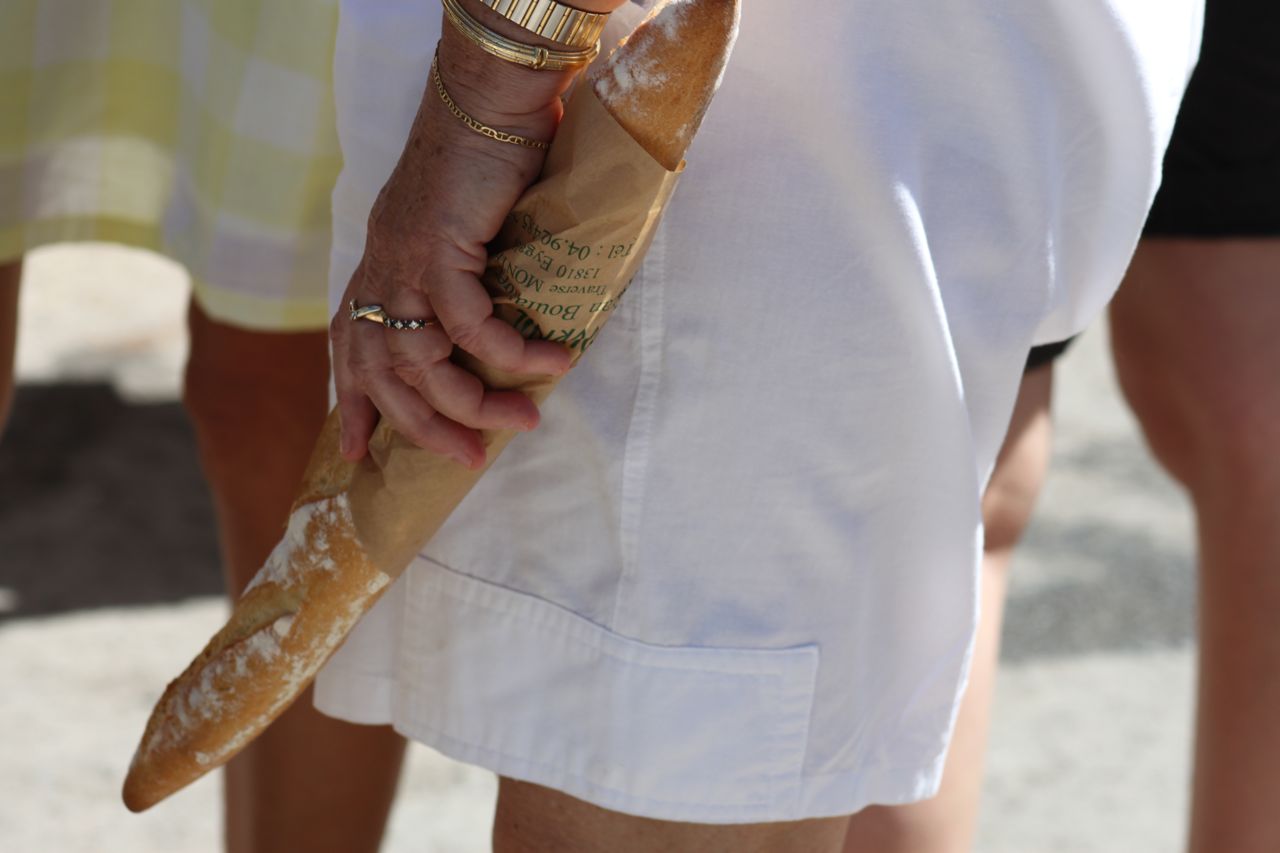
Music to Nutmeg’s ears, by law bakeries in France, are not allowed to use preservatives in any bread. This means that boulangeries must bake several times a day, so their customers can always find a fresh loaf.
The name baguette first appeared around 1890, although it seems that a long, thin loaf was made well before that time. A law established in March 1919 forbade the employment of bread and pastry workers between the hours of 10pm and 4am.
The ordinary baguette is a simple mixture of all-purpose flour, water, salt and yeast. The dough once it has risen, is formed in a long length by hand, scored on the diagonal and baked in a hot (400F) deck oven. Steam injection, during baking, is the key to the crusty exterior. The size of baguette is not regulated, but mostly it falls between 65-70cm (25-27 inches) long and 6cm (2.5 inches) wide. The price of bread has not been government controlled since 1978. However, the combination of strong market competition and active consumer associations, ensures that what one pays for a regular baguette is fairly consistent.
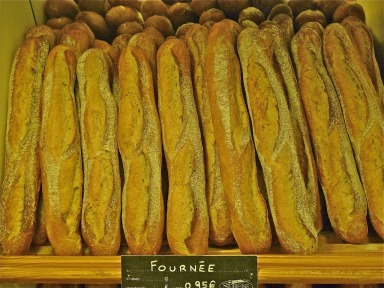
So here is the problem, the huge growth in large-scale grocery stores and multiple store bakery chains has created a highly competitive market place. The small, local boulangerie gets squeezed from all sides; “Goliath” grocery stores, rising wheat prices and fickle consumers. Today, consumers expect a wide variety of choices: sourdough, fibre, multi-grain, organic (bio), bran, rye etc.
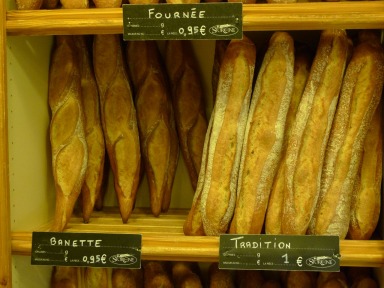
The classic baguette remains on the bakers’ shelves as it would be suicidal for a boulangerie not to offer it among their inventory. So nothing has happened to the baguette, it still remains remarkably part of the culture in France, the quality might just not be what it used to be; however, there are lots of choices.
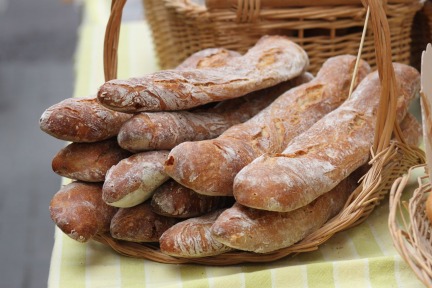
[tfb username=’GingerandNutmeg’ count=’true’ lang=’en’ theme=’light’]
Gathered together under the green, leaf umbrella of a colossal Provençal plane tree participants were enjoying the “fruits” of their efforts; the food they had all created in Nito Carpita’s professional kitchen at Mas de Cornud. Ginger and Nutmeg were still dressed in their white chefs aprons as the table conversation scrolled through a host of topics.
In the group, were two girlfriends from far-flung cities who had decided to meet in Provence. They had booked accommodation via Untours.
Well, that certainly peaked Nutmeg’s curiosity, as she had never heard of Untours and they are in thirteen countries! She got in touch with General Manager, Brian Taussig-Lux at the company to ask a few questions.
Nutmeg has been fortunate enough to visit France several times. One year Ginger and Nutmeg joined some friends on a cycling trip through Provence. That was the beginning of their “love-affair” with the region. However, on all the previous trips the fields of lavender had already been harvested, it was too late in the season. This time Nutmeg was determined to see the flowering fields.
The lavender plant is actually part of the mint family, and there are some 39 varieties. The plants love the dry, sandy, rocky soil that is typical of the Vaucluse region of Provence. Lavender flowers come in many colours, they can be blue (almost indigo), purple, violet, even pink or white varieties exist. It is a relatively easy plant to grow, as it requires minimal care.
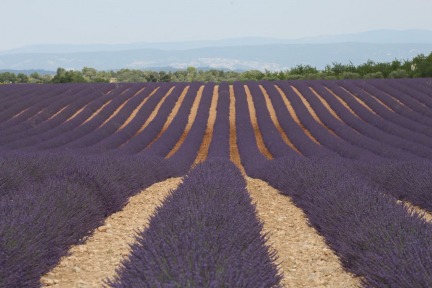
“Did you know that nutmeg is used in cookies in Croatia”?
That was near the end of a two-hour discussion with the man who turned the wine world on its head. Miljenko “Mike” Grgich turns ninety on this day April 1, 2013. He describes his life as happy, blessed and filled with opportunity. It was that attitude that carried him through his early days in a remote Croatian village, through a period of communist threats, to West Germany and then eventually to California.
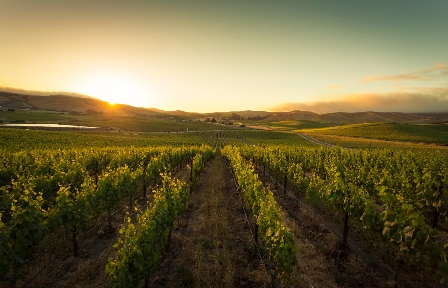
In May 2003, the label Jardin Remarquable (Remarkable Garden) was created, to celebrate and document the magnificent gardens of France. A Jardin Remarquable, is one that meets the established criteria; integration in the site, interesting blend of vegetation, quality of the location, engaging use of plants and where applicable provides historical interest.
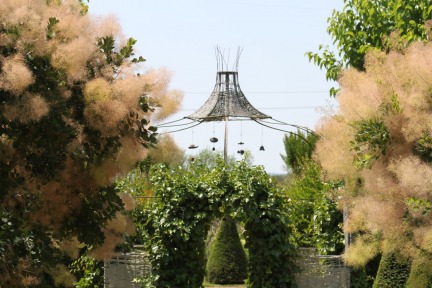
Nutmeg has a friend who is interested in really big construction projects. He had previously visited the site of the Malpasset Dam outside Fréjus and recommended a visit to the site as an interesting road-trip.
The Malpasset Dam was an enormous initiative completed in 1954. It collapsed less than five years later, on December 2, 1959. The dam on the Reyan River was arched in design, or more technically a double curvature with a variable radius. The dam height was 60 meters, 6.78 meters at the foundation and the length of the crest was 223 meters. The history of the dam is a bit unclear as some reports have work starting in 1941, possibly early planning that was very likely disrupted by World War II. In 1946, there were geological and hydrological studies undertaken. There is now some question about the quality of the engineering studies, due to lack of proper funding. Construction work on the dam started in April 1952, the work was halted a few times due to labour strikes. The final cost of the project in 1955 dollars was 580 million francs. The statistics are all below:
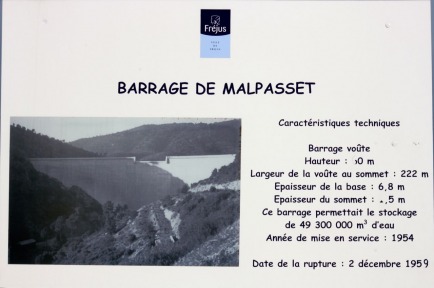
Often Nutmeg’s most intriguing encounters start at the market and end in a DATE!

…a date plantation in Indio, California.
El Paseo in Palm Desert, California gets high marks from well-heeled fashionistas for its array of retail stores. Like “sister” streets around the world iconic, exclusive, name-brand boutiques grace the roadway where gleaming automobiles some more expensive than the average house, are parked close by. It is so customary to see fancy cars that a roaring motor is hardly extraordinary – until there are 300 of them!

Tangerine walls, a bold statement in a landscape dotted by countless malls and chain restaurants. If you have spent any time in Mediterranean Europe, you could be forgiven for thinking you left Southern California at the parking lot the moment you enter Clementine Gourmet Marketplace & Cafe. It is a relatively new Mecca of fresh food, robust espresso and persuasive treats.
